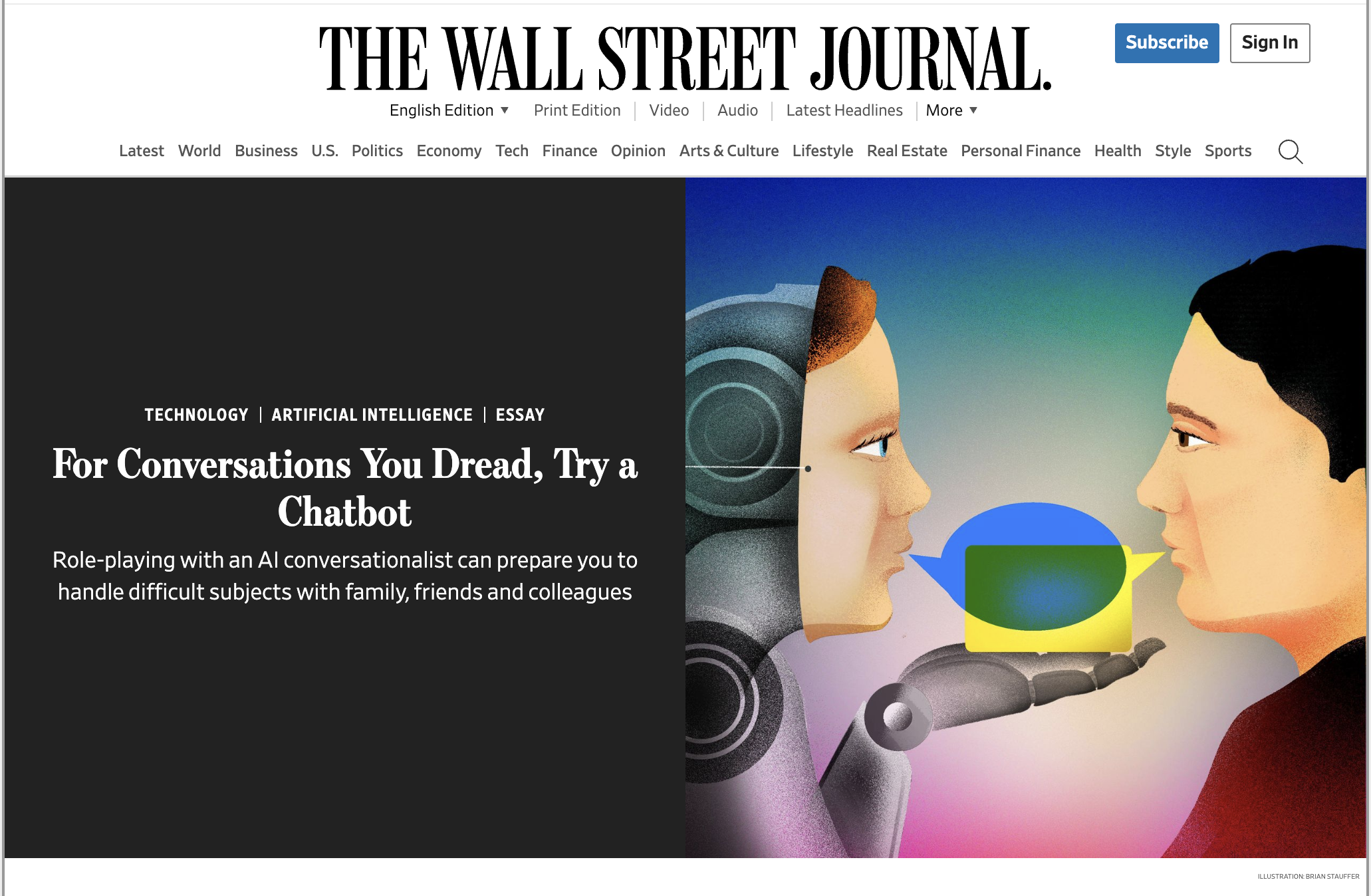Embrace Constraints
One of the six innovations that Steven Johnson explores in his fantastic How We Got To Now is ice. The story of how Frederick Tudor created an entire global industry were none had previously existed, by establishing trade between the frigid north east and the West Indies, is truly incredible. One line in particular struck me: "This was Tutor’s frugal genius: he took three things that the market had affectively priced at zero – ice, sawdust, and an empty vessel – and turned them into a flourishing business.”
This is characteristic of entrepreneurs. My friend and esteemed Stanford GSB Professor Charles O’Reilly remarked to me recently how large organizations, because of their scale, capabilities, and resources ought to be much more innovative than small organizations. But alas, it’s rarely the case. And Johnson’s line gives us a glimpse into why: if necessity, as they say, is the mother of invention, perhaps we could say that constraints are invention’s crazy uncle.
When James Dyson recounted the origin story of the first bagless vacuum cleaner to Tim Ferriss (full transcript of the fantastic conversation here), his own personal resource constraints were what drove him over the edge of invention:
“I was installing a dry powder coating machinery, huge machine, to spray my wheelbarrow frames, because I was making the Ballbarrow, a wheelbarrow at the time. And we used a cloth filter to trap the powder that missed the frames, it was sucked away with a giant fan. But every hour, the cloth clogged and you had to shut down the whole machine, shake off the cloth and put the cloth back up again. And I asked around the industry what intelligent people used. And they said, “Oh, they use a cyclone to collect the dust, not that filter thing you’ve got, that cloth thing you’ve got.” So I got a quote for one and it was a huge amount of money, I simply couldn’t afford it. So I decided to build one over a couple of weekends. It was 30 foot high and the chimney at the top stuck through the factory roof.
And we collected the dust in a plastic bag at the bottom of the cyclone. And the machine ran beautifully all day long without ever clogging, and we collected the dust at the bottom and reused it. And then of course I connected it, this clogging filter with the clogging bag in the vacuum cleaner. And I wonder, “Why can’t you use a little version of what the 30 foot high one, what about a one foot high one? What’s that going to be like?” So I rushed home and made a cardboard version of this huge one, it was only a foot high. And put it onto the back of my upright vacuum cleaner, because I’d kept the upright one, and pushed it around and it appeared to work. So I always say that was the first vacuum cleaner…”
His big insight on reinventing a vacuum, something that had been annoying him for some time, wasn’t unlocked until, while solving another problem, he refused to let his resource constraints set him back.
In another classic example, Jimmy Wales, founder of Wikipedia, tells Tim Ferriss (another fantastic conversation, here) how the fundamental differentiating feature of Wikipedia — community moderation — was birthed of resource constraints:
“When Wikipedia really started to grow, there was no possibility of getting any investment money. There was no possibility of raising money to do it. It wasn’t big enough that if we put ads on it, it wouldn’t have made a material difference…
Okay, imagine you start a community website. Let’s call it YouTube. And it starts to grow and boom, and you’re really excited. And you see some problems on the site and you think, “Okay, what are we going to do about these problems?” And what you think first is, “Okay, let’s hire moderators. Like let’s hire people to do content moderation and behavior moderation.” And had we had funding to do it, we might’ve evolved into the same type of model that we see at Twitter, YouTube, Facebook, everywhere, basically, which is the users use the site and the moderation, other than just person-to-person blocking, is really done in a very opaque way by the company itself.
And the difference with Wikipedia and what makes it so fundamentally different from everything else on the internet is because I had zero money to hire moderators. We were actually forced to invent ways to deal with things in the community.”
These stories inspire me to see the possibility embedded in constraints. There’s no use fighting against them; why not embrace them, bounce off of them, springing into an inventive direction that might just be the most differentiating aspect of your offer? The great irony is that many times, inside of organizations, would-be-innovators bemoan a lack of “support” or “resources” to innovate. If only they could see the opportunity such constraints afford, they might just be able to help their large organizations outpace the small ones.
Related: Make Experiments Cheaper
Click here to subscribe to Paint & Pipette, the weekly digest of these daily posts.










Last week, I ran an innovation workshop for the thousandth time. But this time felt different. Every time I noticed that familiar moment where teams hit cognitive quicksand—where I'd normally say "this is the hard part, push through it"—something clicked. This is exactly when AI should step in.